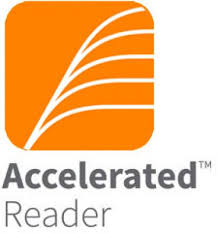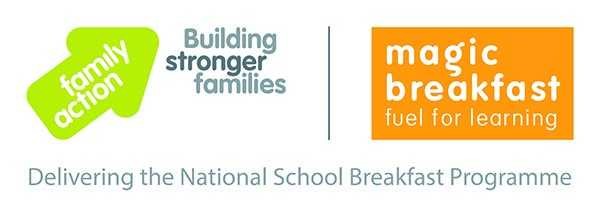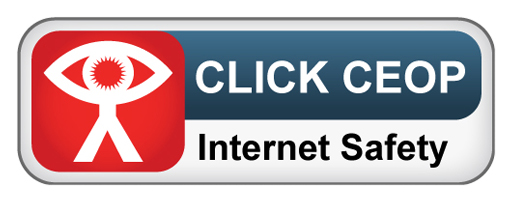Religious Education
Intent
At South Avenue Primary school, we believe that it is important for all our pupils to learn from and about religion, so that they can understand the world around them. The aim of Religious Education in our school is to help children to acquire and develop knowledge and understanding of Christianity and the other principal religions represented in Great Britain; to appreciate the way that religious beliefs shape life and behaviour, develop the ability to make reasoned and informed judgements about religious and moral issues and enhance their spiritual, moral, social and cultural development.
Religious Education is taught throughout the school using the ‘Understanding Christianity’ scheme in such a way which allows children to reflect the overall aims, values, and philosophy of everyday life and through different religious backgrounds.
It plays an important role, along with all other curriculum areas, particularly PSHE, in promoting social awareness and understanding in our children. We encourage our pupils to ask questions about the world and to reflect on their own beliefs, values and experiences. We include and promote British values, ensuring that children are aware of their rights and responsibilities as UK citizens.
Our curriculum is designed to encourage creativity, imagination, enquiry, debate, discussion and independence.
Implementation
We use the ‘Understanding Christianity’ scheme as the basis for our curriculum.
At South Avenue, it has been agreed that having considered the requirements and guidelines presented in the Understanding Christianity scheme, the following religions have also been selected for study:
Christianity | Islam | Judiasm | Hindiusm | Sikhism
There are no presumptions made as to the religious backgrounds and beliefs and values of the children and the staff. We value the religious background of all members of the school community and hope that this will encourage individuals to share their own experiences with others freely. All religions and their communities are treated with respect and sensitivity and we value the links, which are, and can be made between home, school, and a faith community. We are extremely lucky that members of the local church, St Mary’s, regularly visit our school to carry out assemblies.
We acknowledge that each religion studied can contribute to the education of all our pupils. We promote teaching in Religious Education that stresses open enquiry and first-hand experiences wherever possible for both staff and children.
For pupils to gain knowledge and progression:
Years 3, 5 and reception – Core learning will be studied
Years 1,2,4 and 6 – Digging Deeper will be studied.
Impact
Our RE curriculum is designed, and structured to showcase growth, with an understanding of both local and world communities. Students advance by gaining more knowledge, retaining more information, and performing tasks more effectively.
They must assimilate and integrate fundamental ideas into their long-term memory and use them seamlessly. Students are expected to achieve significant progress from their previous learning from throughout the key stages.
We evaluate the effectiveness of our RE curriculum through the following methods:
- Students exhibit a favourable and respectful outlook towards individuals of any faith and display an appreciation for cultural values different from their own.
- They exhibit courteous behaviour towards everyone, a trait that is applicable both within and outside the school environment and in the broader community.
- We assess the comprehension of each unit's related vocabulary before and after its introduction.
- Photographs and videos capturing the students' learning experiences.
- Conversations with students about their educational journey through a independent student voice.
- Review of students' books, allowing for discussions among teachers to gain insights into the students' work.
- Grading of written assignments in their books, alongside national curriculum writing descriptors.








